Is Double Concentrated Tomato Paste Naturally Sweet or Tangy?
The question of whether double concentrated tomato paste is inherently sweet or tangy is common among both home cooks and culinary professionals. The answer, grounded in food science and tomato composition, is nuanced: it possesses inherent potential for both characteristics, with the dominant flavor heavily influenced by tomato variety, ripeness, and manufacturing processes.
Understanding Double Concentration: Double concentrated tomato paste (often labeled as "double concentrate" or "tomato paste") is produced by cooking down fresh tomatoes to remove a significant portion of their water content – typically resulting in a paste with around 28-36% solids, compared to roughly 6% in raw tomatoes. This concentration amplifies all inherent flavors and compounds. No sugars or acids are added during standard processing; the flavor comes solely from the concentrated tomato solids.
The Core Flavor Components: The perceived taste profile of any tomato product hinges on the balance between its natural sugars and acids:
- Natural Sugars: Primarily glucose and fructose. These sugars contribute sweetness. The level present depends heavily on:
- Tomato Variety: Some varieties are genetically predisposed to higher sugar content (often termed "high Brix" varieties).
- Ripeness: Fully vine-ripened tomatoes develop significantly more sugars than tomatoes picked green and ripened off the vine. Paste made from riper tomatoes leans sweeter.
- Natural Acids: Primarily citric acid, along with malic and glutamic acids. These contribute the characteristic tangy, bright, sometimes sharp notes.
- Tomato Variety & Ripeness: Acidity levels also vary by variety and decrease somewhat as tomatoes ripen fully. However, the acid profile remains a defining characteristic.
- Umami: Concentrating tomatoes significantly boosts levels of glutamic acid and other compounds contributing savory, deep umami flavors. This richness often forms the backbone of the paste's taste.
Why the Sweet vs. Tangy Perception Varies:
- Raw Taste: Sampling paste directly from the can often emphasizes its tangy and intense umami character. The concentrated acidity is immediately noticeable. Undiluted sweetness can be less apparent initially due to this acidity.
- Cooking & Dilution: When diluted in sauces, soups, or stews and balanced with fats (like olive oil) or other ingredients, the inherent sweetness becomes more pronounced. Cooking mellows the sharpest acidic edges and allows the sugars and umami to harmonize, creating a deeper, richer, often perceptibly sweeter background flavor.
- Manufacturing Differences: While adhering to the standard of removing water, subtle differences exist:
- Tomato Source & Blend: Manufacturers use specific tomato blends. A paste made predominantly from very ripe, high-sugar varieties will taste sweeter than one made from tomatoes with naturally higher acidity, even at the same concentration level.
- Cooking Time/Temperature: The thermal processing impacts flavor development. Longer, slower cooking can promote caramelization of sugars, enhancing depth and perceived sweetness, while different processes might preserve more bright acidity.
Identifying Your Paste's Profile:
- Taste Sparingly: Take a tiny amount on a clean spoon. Note the immediate sensation – is the tanginess sharp and forward, or is there an underlying round sweetness?
- Observe Color (Limited Indicator): Generally, a deeper, darker red paste can suggest longer cooking and potentially more caramelized notes (contributing to depth and sweetness), while a brighter red might indicate preserved acidity. However, variety is a major factor here too, so color isn't definitive.
- Check Solids Content: Pastes with higher solids content (e.g., 36% vs. 28%) are more intensely flavored in both sweetness and tanginess due to greater concentration.
Conclusion:
Double concentrated tomato paste is not inherently just sweet or just tangy. It naturally contains both significant acidity (contributing tang) and natural sugars (contributing sweetness), concentrated from the original tomatoes. The dominant perceived flavor depends on:
- The specific tomato varieties used and their inherent sugar-to-acid ratio.
- The level of ripeness at harvest.
- The specific manufacturing process.
- How it is used (tasted raw vs. cooked and diluted in a dish).
Understanding this balance allows cooks to select paste based on the desired flavor contribution – whether seeking a brighter tang to cut through richness or a deeper, sweeter base for a robust sauce – and to adjust other ingredients accordingly to achieve the perfect harmony. Its complex profile, blending tang, potential sweetness, and profound umami, is precisely what makes it such a versatile and foundational ingredient.
For exclusive discounts and the latest offers, please enter your address and information below.

 EN
EN  English
English Français
Français 中文简体
中文简体

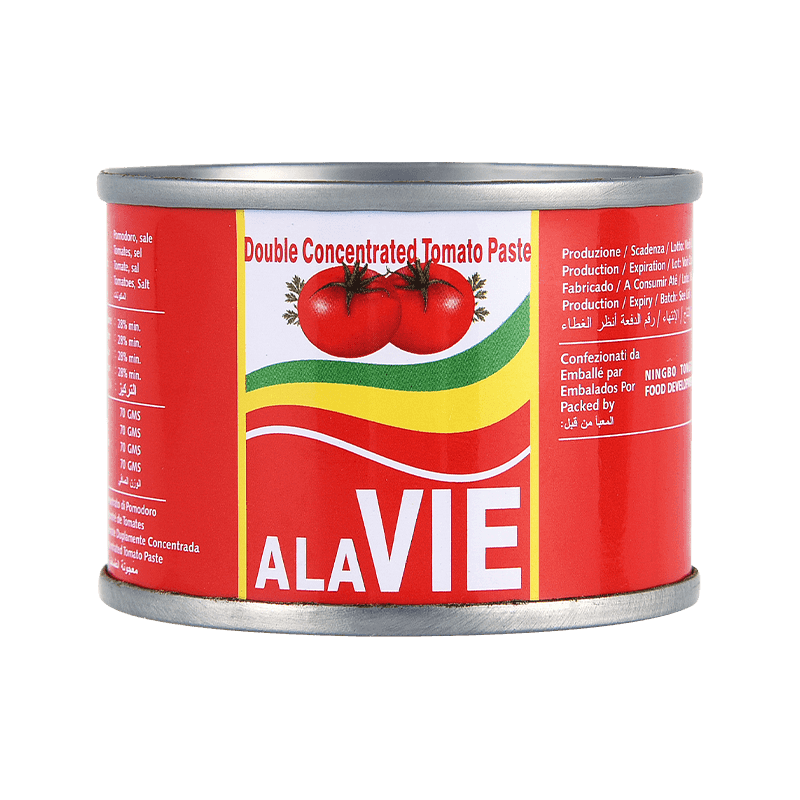
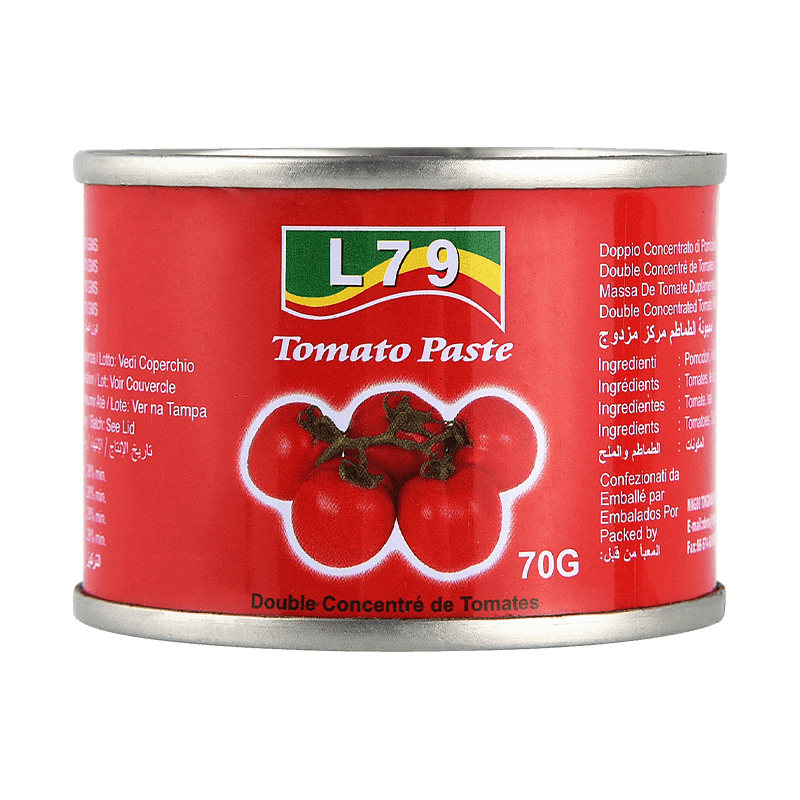
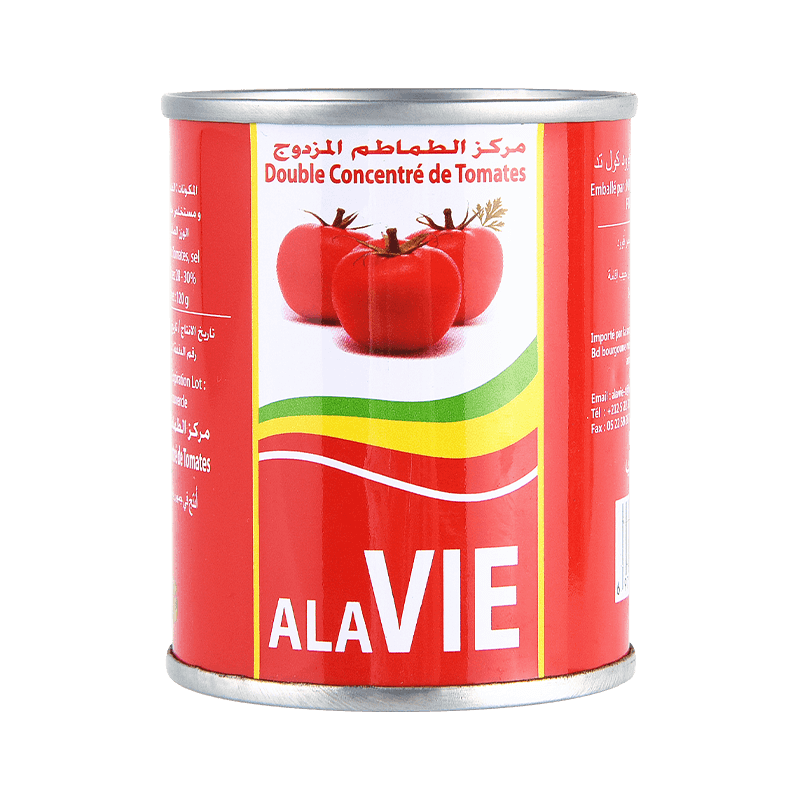
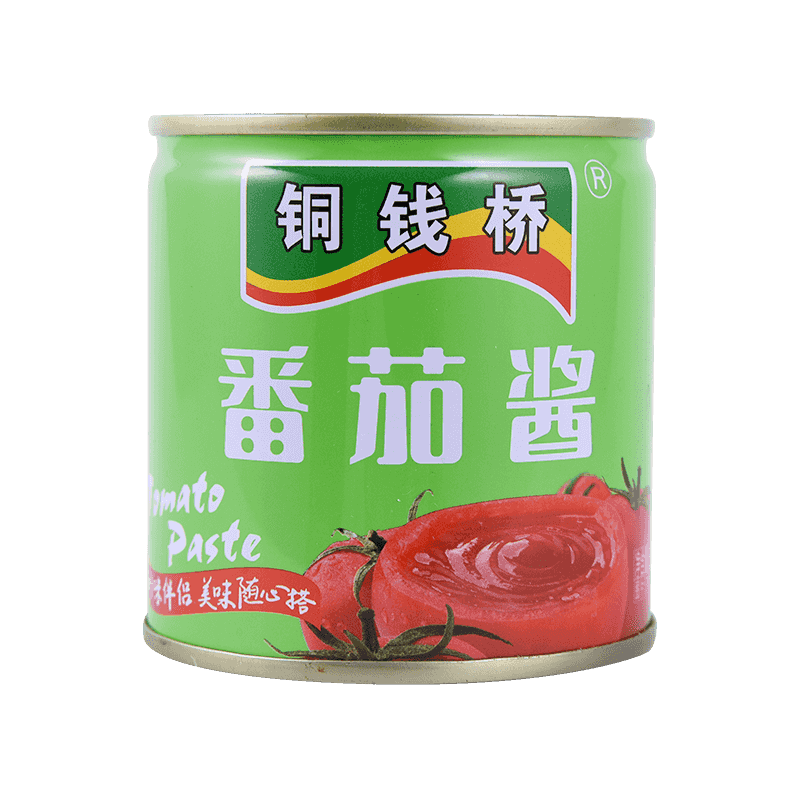
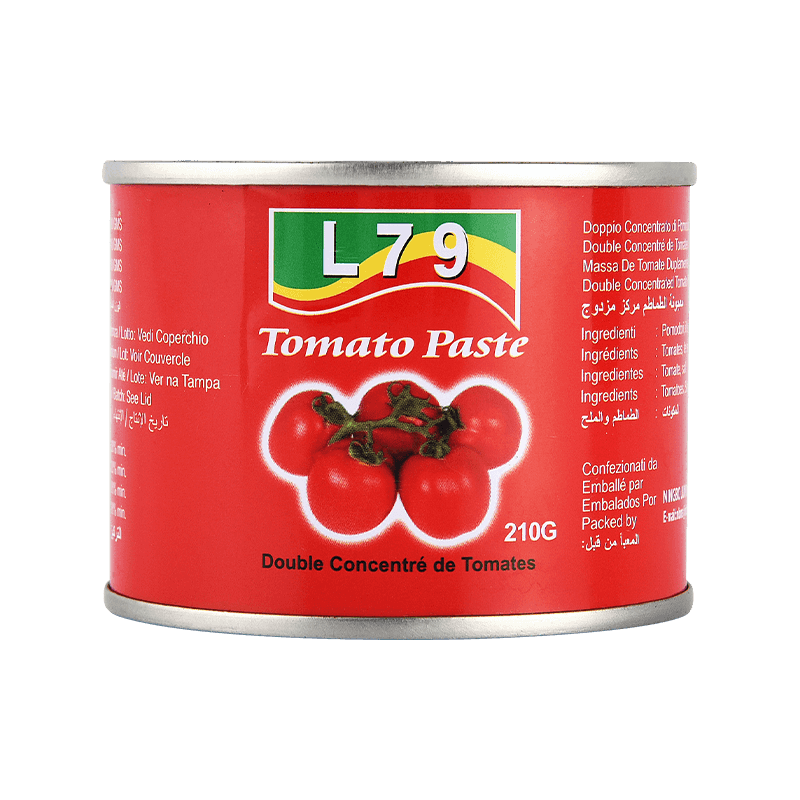
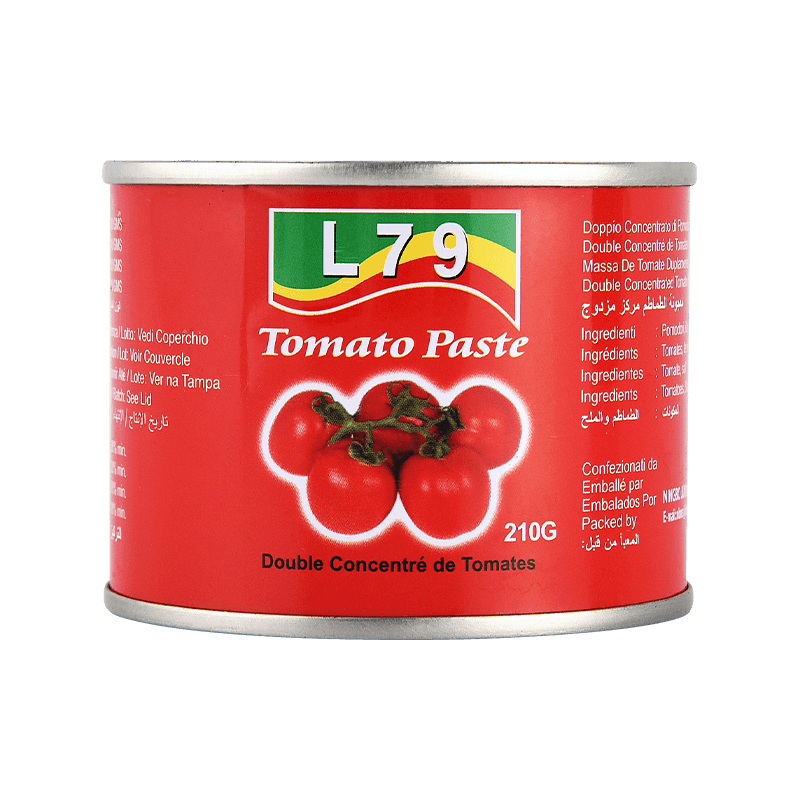
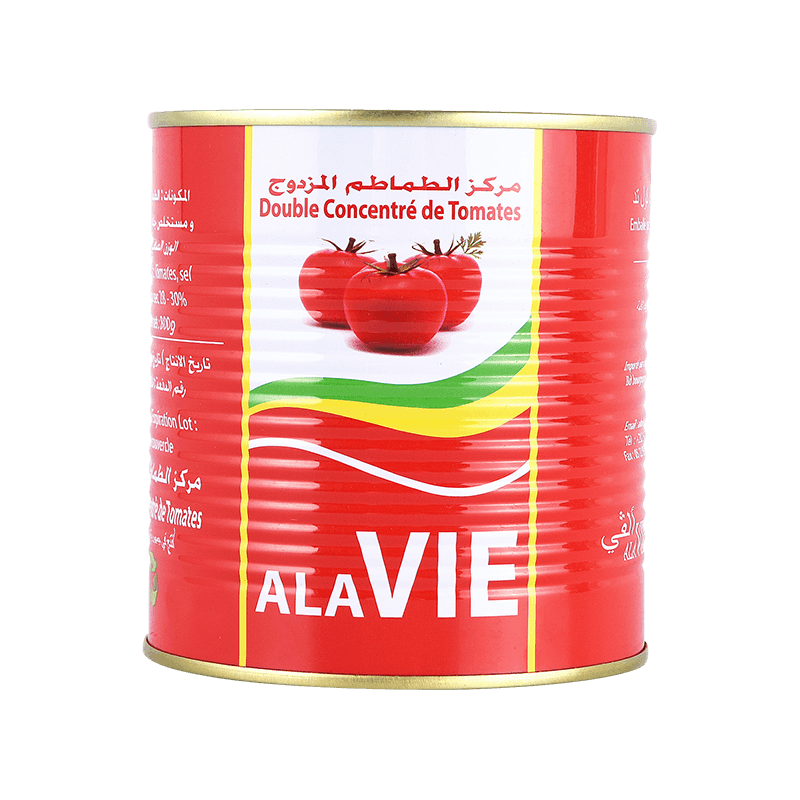
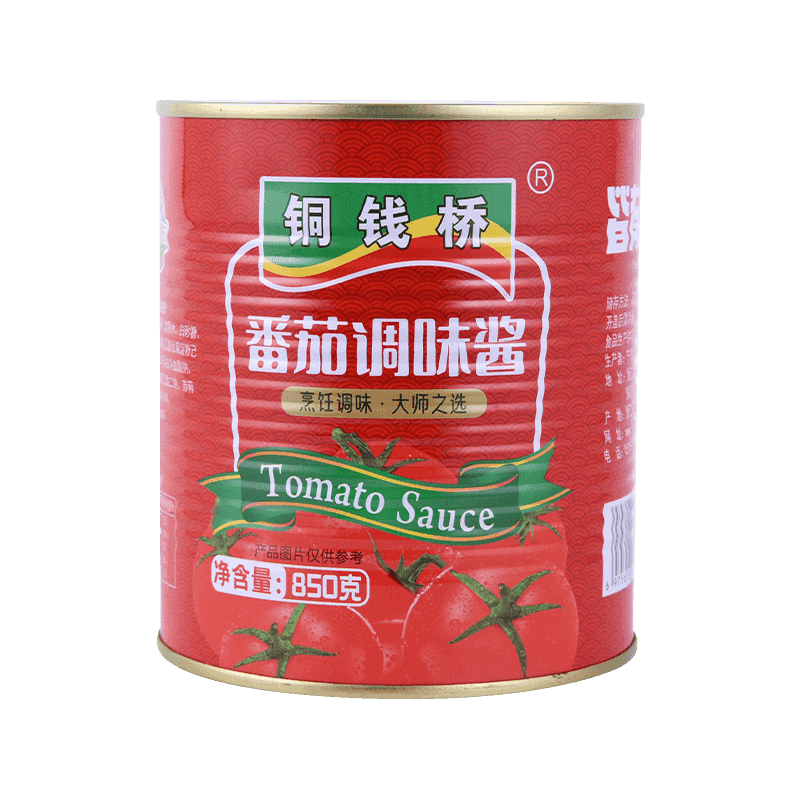
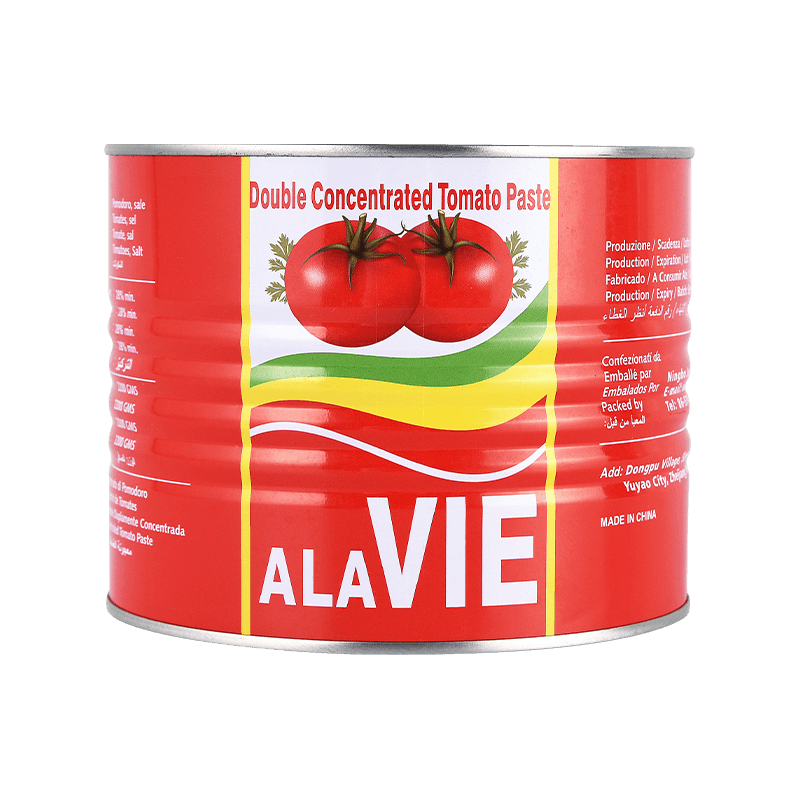
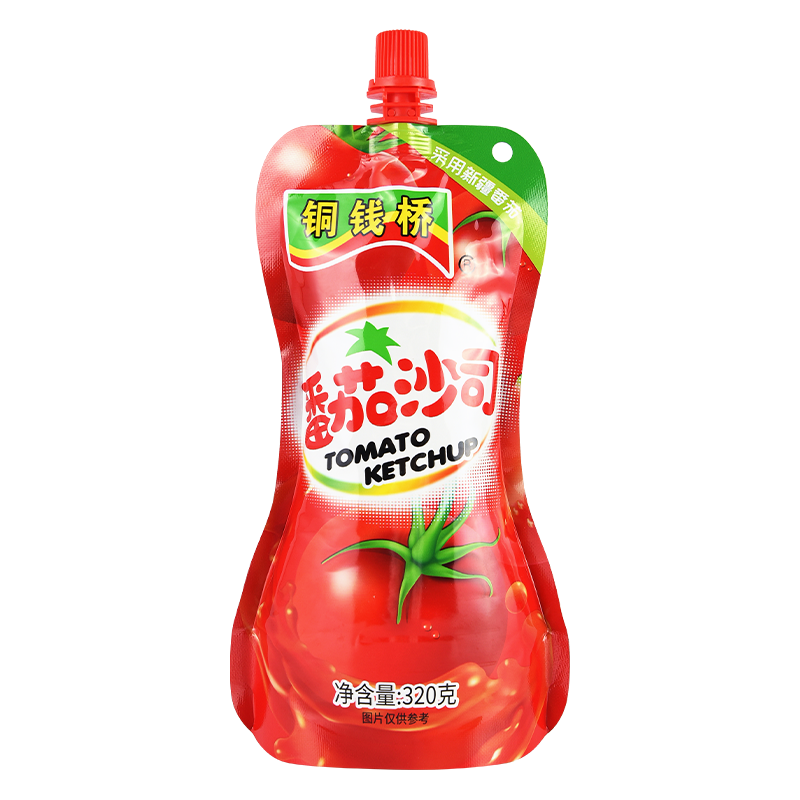
 No.1 Tongqianqiao Road, Dongpu Village, Simen Town, Yuyao, Zhejiang Province
No.1 Tongqianqiao Road, Dongpu Village, Simen Town, Yuyao, Zhejiang Province  nbms@nbtomato.com
nbms@nbtomato.com 
